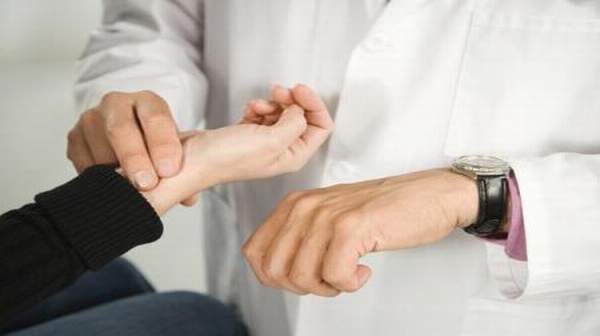What's in this article?
Definition
Tachycardia is a faster than normal heart rate at rest. A healthy adult heart normally beats 60 to 100 times a minute when a person is at rest. If you have tachycardia (tak-ih-KAHR-dee-uh), the heart rate in the upper chambers or lower chambers of the heart, or both, is increased.
Heart rate is controlled by electrical signals sent across heart tissues. Tachycardia occurs when an abnormality in the heart produces rapid electrical signals.
In some cases, tachycardia may cause no symptoms or complications. However, tachycardia can seriously disrupt normal heart function, increase the risk of stroke, or cause sudden cardiac arrest or death.
Treatments may help control a rapid heartbeat or manage diseases contributing to tachycardia.
Causes of Tachycardia
Tachycardia is generally caused by a disruption in the normal electrical impulses that control our heart’s pumping action rhythm – the rate at which our heart pumps. The following situations, conditions and illnesses are possible causes:
- A reaction to certain medications
- Congenital (present at birth) electrical pathway abnormalities in the heart
- Congenital abnormalities of the heart
- Consuming too much alcohol
- Consumption of cocaine and some other recreational drugs
- Electrolyte imbalance
- Heart disease which has resulted in poor blood supply and damage to heart tissues, including coronary artery disease(atherosclerosis), heart valve disease, heart failure, heart muscle disease (cardiomyopathy), tumors, or infections.
- Hypertension
- Hyperthyroidism (overactive thyroid gland)
- Smoking
- Certain lung diseases
Sometimes the medical team may not identify the exact cause of the tachycardia.
Symptoms of Tachycardia
Symptoms of tachycardia include:
- Shortness of breath
- Dizziness
- Sudden weakness
- Fluttering in the chest
- Lightheadedness
- Fainting
Tachycardia Treatment
Treatment depends on the symptoms, and the type of heart disorder. Some people may not need treatment.
If ventricular tachycardia becomes an emergency situation, it may require:
- CPR
- Electrical defibrillation or cardioversion (electric shock)
- Anti-arrhythmic medications (such as lidocaine, procainamide, sotalol, or amiodarone) given through a vein
Oral anti-arrhythmic medications (such as procainamide, amiodarone, or sotalol) may be needed for long-term treatment of ventricular tachycardia. However, these drugs may have severe side effects. They are being used less often as other treatments are developed.
Some ventricular tachycardias may be treated with a procedure to destroy the tissue that is causing the irregular heartbeat (ablation). Radiofrequency catheter ablation can cure certain tachycardias.
A treatment that is often used for chronic (long-term) ventricular tachycardias consists of implanting a device called an implantable cardioverter defibrillator (ICD). The ICD is most often implanted in the chest, like a pacemaker. It is connected to the heart with wires.
What is Implantable Cardioverter Defibrillator
An implantable cardioverter-defibrillator (ICD) is a device that detects any life-threatening, rapid heartbeat. This abnormal heartbeat is called an arrhythmia. If it occurs, the ICD quickly sends an electrical shock to the heart to change the rhythm back to normal. This is called defibrillation.






